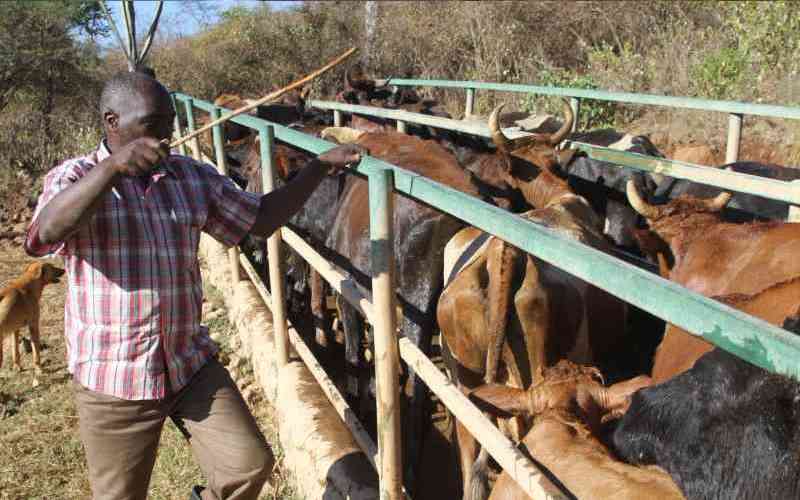
Kenyans spent more on clothes and apparel compared to leisure activities in the last quarter of 2024, signalling a shift in consumer spending behaviour amid the prevailing challenging economic times.
While the holidays are associated with celebrations that are synonymous with food and beverages, the latest Consumer Spending Index from ICEA LION Asset Management shows a shift in this spending.
The index shows that the majority of businesses that deal with clothes and apparel, 69 per cent, reported increased sales in the last quarter of 2024. This is compared to 61 per cent for restaurants, bars and leisure outlets.
Of the four sectors, clothing and apparel stores had more businesses that recorded more sales in the period, followed by retail stores (63 per cent), restaurants, bars and leisure outlets (61 per cent) and house fittings and accessories (42 per cent).
The survey shows that over 61 per cent of businesses reported an increase in sales, while 39 per cent noted a decrease. “In Q4 2024, the clothing and apparel store sector experienced a significant growth, achieving an index of 210, which marks a 63 per cent increase from the previous quarter,” the survey says.
“Retail stores and restaurants and bars and leisure outlets recorded a decrease of three per cent and 15 per cent respectively compared to the previous quarter.”
Head of Research and Partnership at ICEA LION Group Jacqueline Ochieng shared the assumption that it was expected food and beverage sectors, which are restaurants and leisure spots, to record more sales.
“Probably, I will attribute it that people were going for the essentials spending more than the kind (of spending) you will expect in restaurants and hotels. It is a unique finding and it’s the first time we are encountering it,” she said.
Ms Ochieng attributed this to back-to-school spending that has uniforms budgeted.
“Maybe it was the season when people were buying school uniforms so they do not want to spend more money on hotels over the holidays and then in January they will still be waiting for that kind of expense,” she said. For the businesses that reported increased sales, the ILAM Asset Management index attributes this largely (52 per cent) to more customers buying, customers purchasing more (37 per cent) and increased prices of goods (11 per cent).
Causes of decreased sales have been linked to higher prices of goods (35 per cent), higher taxes (30 per cent), changes in customer preferences (14 per cent), seasonality that caused low demand (10 per cent) and other unspecified reasons (10 per cent).
“The prominent products associated with an increase in sales was sugar, cooking oil, maize flour and the decrease in sales was attributed to low demand of products such as soft drinks, maize flour and milk,” the index states.
Further, the index shows that compared to the same time last year, 61 per cent of respondents reported no change in their income, while 24 per cent saw a decrease and 15 per cent had an increase. Workers in the retail and wholesale sector, the index says, reported the highest decrease at 33 per cent. This is while real estate and construction saw the highest increase.
“While the majority of respondents are now saying their income has been stagnant in 2024, we must admit that the number of individuals who said their income has declined has fallen to a yearly low of 25 per cent,” said Head of Research ILAM Asset Management Judd Murigi.
For those whose income increased in the period, change of jobs was the main reason at 29 per cent followed by side hustles at 28 per cent.
For income decrease, businesses and investments not doing well led with 42 per cent of the respondents followed by an increase in taxes (30 per cent), lost job (18 per cent) and pay cut (nine per cent).
The index shows that 47 per cent of individuals are using cash at hand to purchase for their needs compared to two per cent who use credit. More than half, 51 per cent, use a mix of cash and credit.
Fuliza, an overdraft facility owned by Safaricom is the leading source of credit for individuals (22 per cent) followed by local shop arrangements and friends at 19 per cent each, and mobile loans at 18 per cent.
“This (use of cash) is just another result of the slowdown in private sector credit growth which is at a 20-year low and as a result, individuals are being forced more to dig into their cash to fund their spending,” said Murigi.





